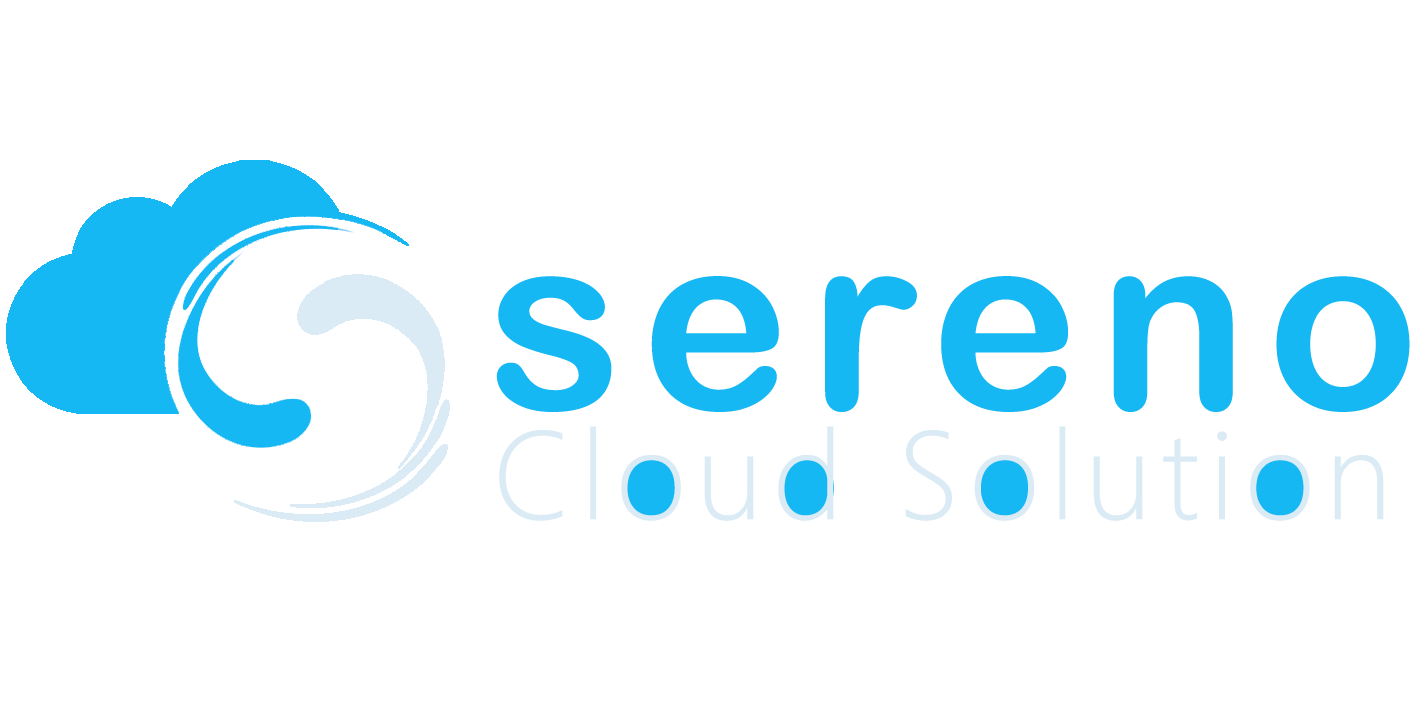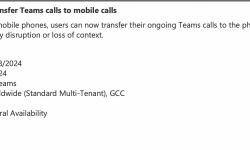The workplace has rapidly changed during the last few years. Traditional organizational structures have given way to work settings that emphasize remote and digital collaboration.
Whether or not this change is important to your plan, your company has got to transition to a digital way of working, if only for the period of the pandemic we are presently experiencing. Be warned, though, that Teams, Zoom, or any other online collaboration platform is no longer sufficient.
In fact, according to a Harvard Business Review article on the evolution of the workplace, 78% of senior executives in firms think it's crucial to promote a modern work approach. However, only 31% believe their business is sufficiently forward-thinking to do so.
Discover the Modern Workplace at Microsoft
By deploying Microsoft Modern Workplace technology within their organizations, several businesses have seen a quick change. This enables their staff to benefit from cutting-edge technology that enables them to operate more productively and intelligently, interact with distant teams, and take use of the many other features that Microsoft 365 provides.
When completely adopted, the contemporary workplace improves communication, allows employees to connect, collaborate, and create from anywhere, and streamlines internal corporate procedures.
The top 4 reasons why your company should fully adopt the Microsoft Modern Workplace are listed below.
🔶 Remote Teams Get a Better Employee Experience with Microsoft's Modern Workplace
New platforms, tools, and applications are part of Microsoft 365, which supports connectivity, learning, and employee welfare in a digital workplace. Microsoft is placing its bet on the future of remote work and the significance of developing a virtual business culture centered around flexible working patterns with the introduction of Microsoft Viva, the company's new employee experience platform.
There is little doubt that the pandemic has altered employee expectations of the workplace. There has been a "substantial shift in employee expectations for the future of work, with a high hunger for flexible working techniques - and growing openness to this from managers," according to a BCG survey of 12,000 employees.
Businesses understand the importance of developing a culture more suitable to a digital workforce. Companies that embrace the remote employee experience can develop fantastic corporate cultures especially suited for the future of flexible working, according to Forbes. Companies in the post-COVID age are better positioned to prosper in the future and draw in new talent if they embrace digital transformation to satisfy new employee expectations.
Viva is made to accomplish precisely that. By incorporating unique capabilities for employee engagement, learning, and wellbeing into regular workflow inside Microsoft Teams, employee-centric platforms assist businesses in better connecting and supporting distant teams. Through Viva, staff members can access information specifically for remote workers, such as a guide to planning a remote work day that includes regular breaks, informal chat times with coworkers, and wellness opportunities. They can also attend virtual meetings and view an always-updated company newsfeed.
🔶 Microsoft Modern Workspace encourages improved teamwork
Microsoft Modern Workspace's primary goals are to increase worker productivity, provide seamless communication and collaboration, and streamline operations across platforms and locations. Microsoft 365 contains the technology that makes all of this possible. Users may collaborate more effectively regardless of where they work thanks to the seamless integration of Microsoft 365 apps and services.
By offering a uniform interface that enables users to collaborate easily across backend-integrated Microsoft 365 Apps, Teams personifies the Microsoft modern workspace. Teams, which serves as Microsoft's center for teamwork, unifies chat, calls, meetings, file sharing, and third-party applications in one place.
Microsoft has continuously implemented new Teams capabilities to address the changing real-time needs of remote workers. from shareable calendars to improved file sharing.
🔶 Time-consuming chores are automated by Microsoft's Modern Workplace.
Another key driver of the transition to modernity is the Microsoft 365 Power Platform, which unites technologies that enable users to design, create, analyze, and automate processes. These tools are highly beneficial for streamlining processes and boosting productivity within your company. To use all of their functionality, however, you must use the SharePoint platform.
The Microsoft Power Platform consists of Power Apps, a platform for building bespoke apps, Power BI, and Power Virtual Agents. Users can utilize Power Automate, a cloud-based service, to automate workflows between their favorite apps and services (a no-code chatbot generator).
Previously known as Microsoft Flow, Power Automate is a well-liked utility for simplifying routine chores. You don't need to be an IT expert to utilize it, either. Employees can utilize the Power Automate platform to build a variety of time-saving activities, from handling SharePoint approvals to automatically saving email attachments.
🔶 Scalability of Microsoft Modern Workspace for distant teams
Organizations now have to figure out a scalable strategy to keep a well-managed and secure digital workplace because remote work is here to stay. While avoiding the time-consuming access control of a completely closed down system, IT may enable employees to build the resources and tools they require by utilizing the self-service capabilities of Microsoft 365.
Given the growth of Microsoft Teams and the ensuing administrative difficulties, the self-service paradigm has grown more pertinent. An IT-led procurement paradigm, in which users depend on IT to approve the creation of each new group or team, is practically difficult to administer on a wide scale in a contemporary, scattered workplace. IT personnel can easily get overburdened in this environment.
Businesses are aware of the necessity for remote work and collaboration and that improving user experience can significantly increase productivity. Although we are aware that it might be challenging to adhere to industry best practices as technologies related to the modern workplace grow quickly, we recognize that technology needs to be reliable and simple to use.









